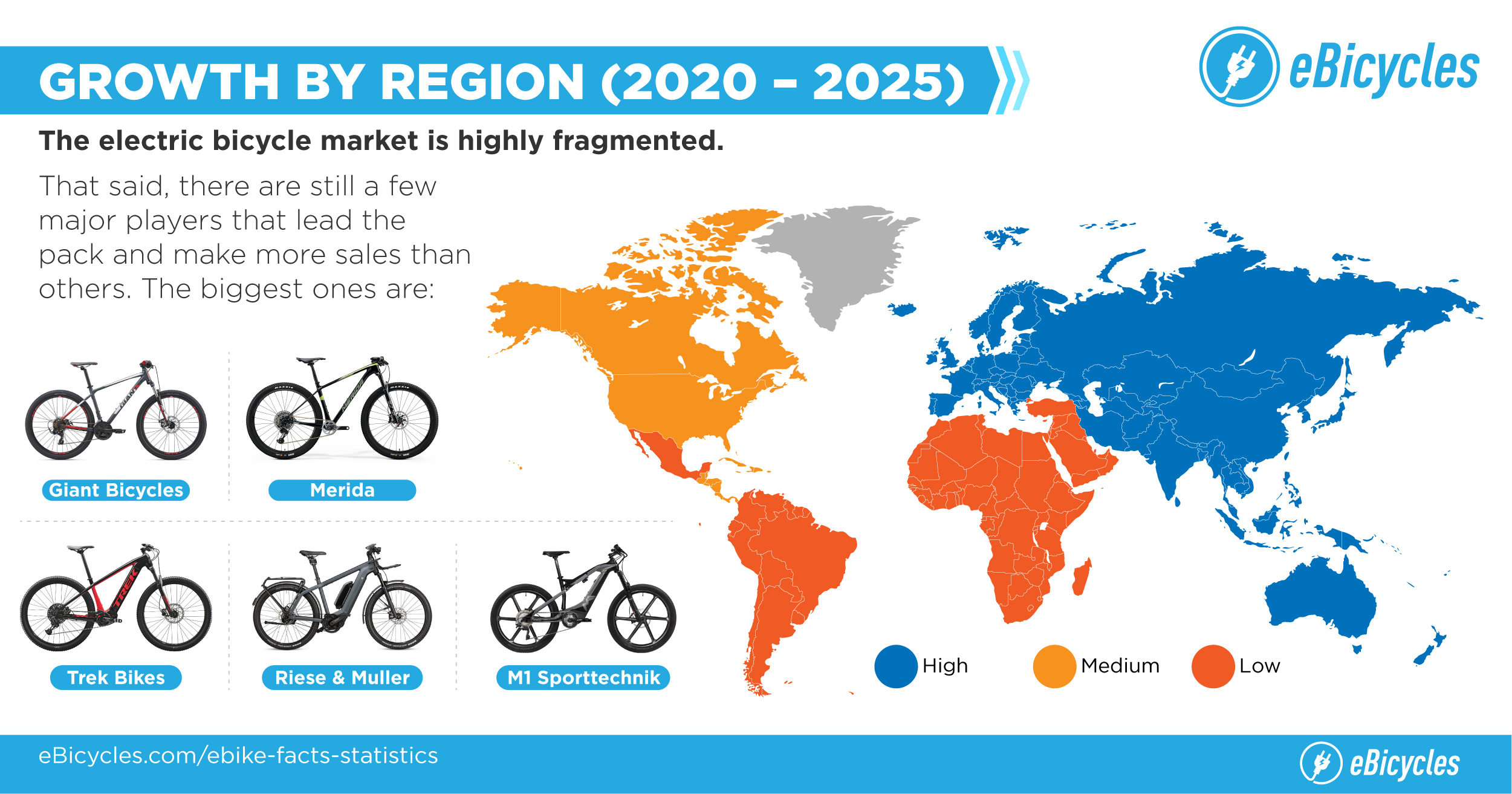Learn Exactly How To Ride Your E-Bike Safely And Legally By Understanding The Legislations In Your Location
Learn Exactly How To Ride Your E-Bike Safely And Legally By Understanding The Legislations In Your Location
Blog Article
Author-Moran Hebert
Before you hop on your e-bike and struck the streets, it's critical to understand the laws and policies that govern your city. From rate limits to marked riding areas, there's a whole lot to consider to guarantee you're compliant and risk-free. By familiarizing yourself with the rules details to e-bikes, you'll be better geared up to appreciate your rides without any unforeseen lawful issues. Stay tuned to discover essential insights that will aid you navigate the e-bike landscape in your city flawlessly.
Comprehending E-Bike Category
When it comes to navigating the world of e-bike legislations and regulations, an important beginning factor is understanding the category system that classifies these electrical bikes. E-bikes are normally identified into three major classifications: Class 1, Class 2, and Course 3.
Course 1 e-bikes are pedal-assist only, suggesting they offer assistance while the biker is pedaling and have a maximum speed of 20 miles per hour. These bikes are admitted areas where conventional bikes are allowed.
Class 2 e-bikes are geared up with a throttle that can drive the bike without pedaling. They also have a maximum speed of 20 mph and appropriate for bikers who may need help without pedaling continually.
Class 3 e-bikes are similar to Class 1 yet with a greater maximum speed of 28 mph. These bikes are often limited from certain bike paths or tracks as a result of their greater speeds.
Recognizing these categories is vital for complying with regional guidelines and ensuring a secure and pleasurable e-biking experience.
Navigating Speed Limits and Constraints
To successfully browse e-bike laws and policies, it's essential to comprehend the speed limitations and limitations that put on different courses of electrical bikes.
Speed limitations for e-bikes vary depending on the category of the bike. Class 1 e-bikes, which are pedal-assist just and have a maximum speed of 20 miles per hour, are generally allowed on bike lanes and paths.
https://www.wired.com/review/lectric-xp-3/ -bikes, which have a throttle along with pedal-assist and additionally get to speeds of approximately 20 mph, may be restricted in specific locations where motorized vehicles aren't permitted.
Class 3 e-bikes, with pedal-assist approximately 28 miles per hour, are usually called for to adhere to the exact same guidelines as standard bikes.
It is very important to comply with these rate limitations and limitations to guarantee your security and the safety of others when traveling. Before riding your e-bike, acquaint yourself with the specific policies in your city to prevent any kind of prospective fines or legal issues.
Where to Trip Your E-Bike
To establish where you can ride your e-bike, it's essential to understand the regulations and guidelines specific to your place. In https://fattireebikeforsale09753.frewwebs.com/32788093/discover-just-how-to-properly-look-after-your-electric-bike-to-maintain-it-functioning-at-its-ideal-for-years-to-find of locations, e-bikes are commonly allowed on roadways and roads where conventional bicycles are allowed. This may consist of bike lanes, bike courses, and shared highways. Nonetheless, it's essential to check regional regulations as some cities might have certain restrictions on where e-bikes can be ridden.
When riding your e-bike, always focus on safety and security by following web traffic policies and valuing pedestrian walkways. In addition, bear in mind any type of assigned bike lanes or paths in your area and use them whenever feasible to ensure a smoother and more secure trip.
Some cities likewise have regulations pertaining to e-bike use on walkways, so see to it to familiarize yourself with these guidelines to stay clear of any kind of fines or charges.
https://augustjsbjs.blog-gold.com/40259254/exploring-e-bike-kinds-what-each-classification-represents
Since you know with the legislations and regulations surrounding e-bikes in your city, you can with confidence hit the road knowing where you can ride and what limitations apply to your e-bike classification. Bear in mind to constantly prioritize safety and security and follow the rules to guarantee a smooth and legal adventure. Satisfied riding!
